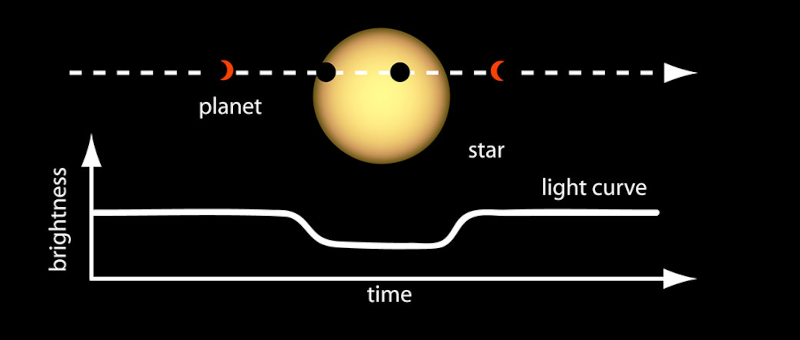 If you’ve ever wanted to work for NASA, here’s your chance. Well, don’t expect a paycheck or any benefits, but the Agency is looking for volunteers to help process the huge amount of exoplanet data with their Exoplanet Watch program. If you have a telescope, you can even contribute data to the project. But if your telescope is in the back closet, you can process data they’ve collected over the years.
If you’ve ever wanted to work for NASA, here’s your chance. Well, don’t expect a paycheck or any benefits, but the Agency is looking for volunteers to help process the huge amount of exoplanet data with their Exoplanet Watch program. If you have a telescope, you can even contribute data to the project. But if your telescope is in the back closet, you can process data they’ve collected over the years.
You might think the only way to contribute with a telescope is to have a mini-observatory in your backyard, but that’s not the case. According to NASA, even a six-inch telescope can detect hundreds of exoplanet transits using their software. You might not get paid, but the program’s policy requires that the first paper to use work done by program volunteers will receive co-author credit on the paper. Not too shabby!
The observations involve measuring dips in star brightness caused by the transit of a known exoplanet. This allows the planet’s orbit to be calculated more precisely, which helps other scientists who want to observe the planet later. This can save valuable time on large instruments by tasking the telescope for the exact time the exoplanet will transit.
We find it ironic that it wasn’t so long ago that science generally dismissed the possibility of detecting and observing extrasolar planets. Now there are more than 5,000 of them known to exist. That’s 1,000 a year for the Enterprise’s five-year mission.










More Stories
Via AMSAT: ANS-306 AMSAT News Service Weekly Bulletins
via the ARRL: The ARRL Solar Update
via Hackaday: Why Does the FCC Care About Computers?